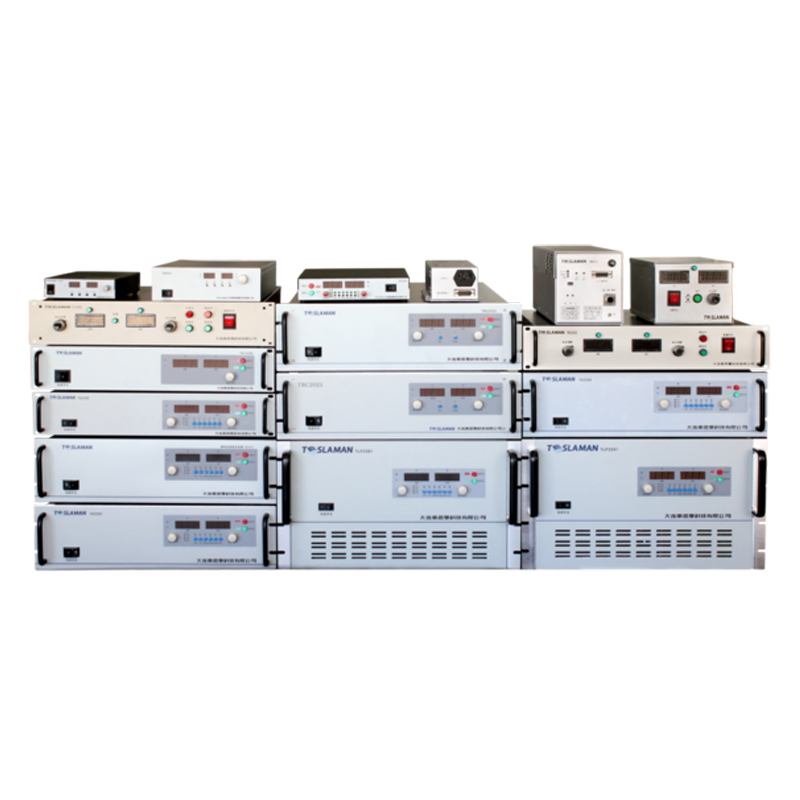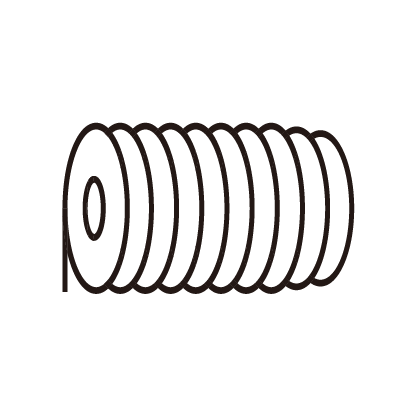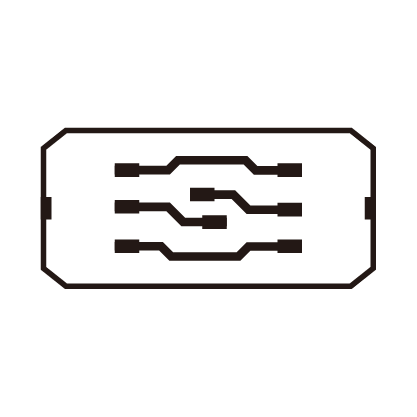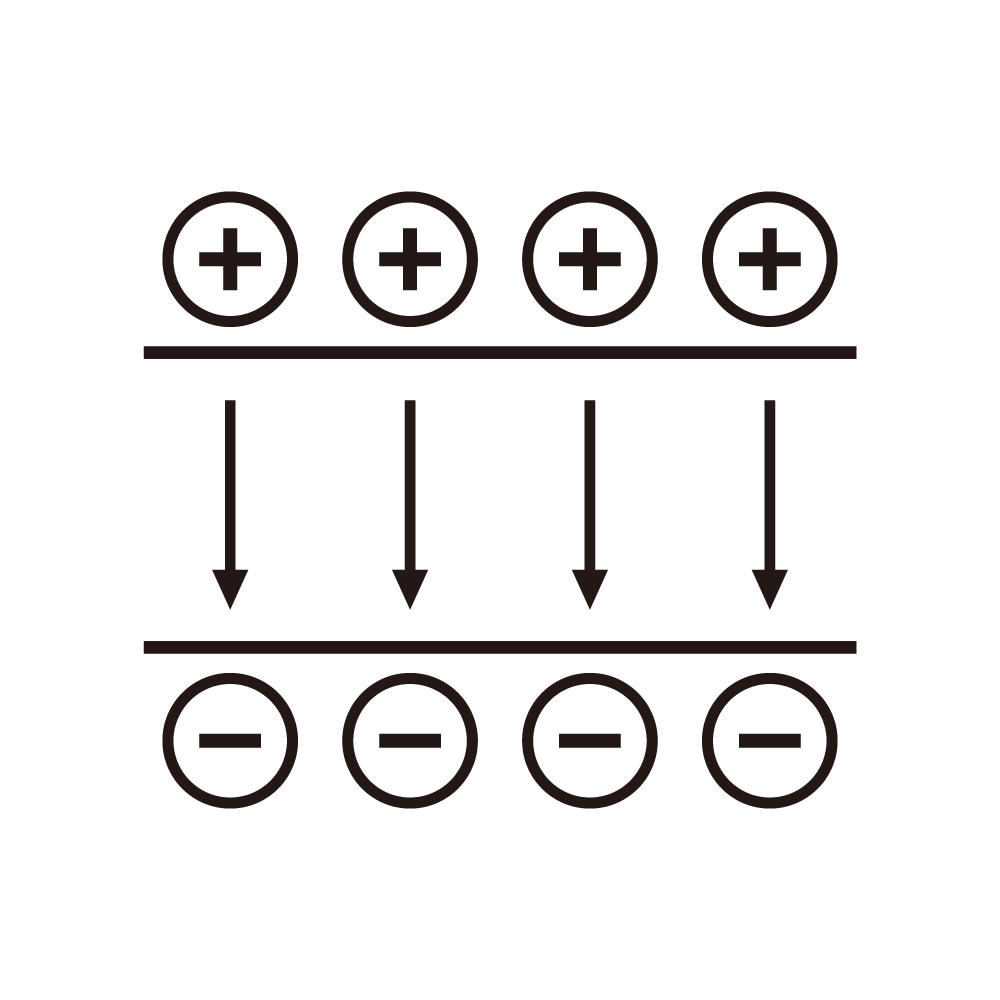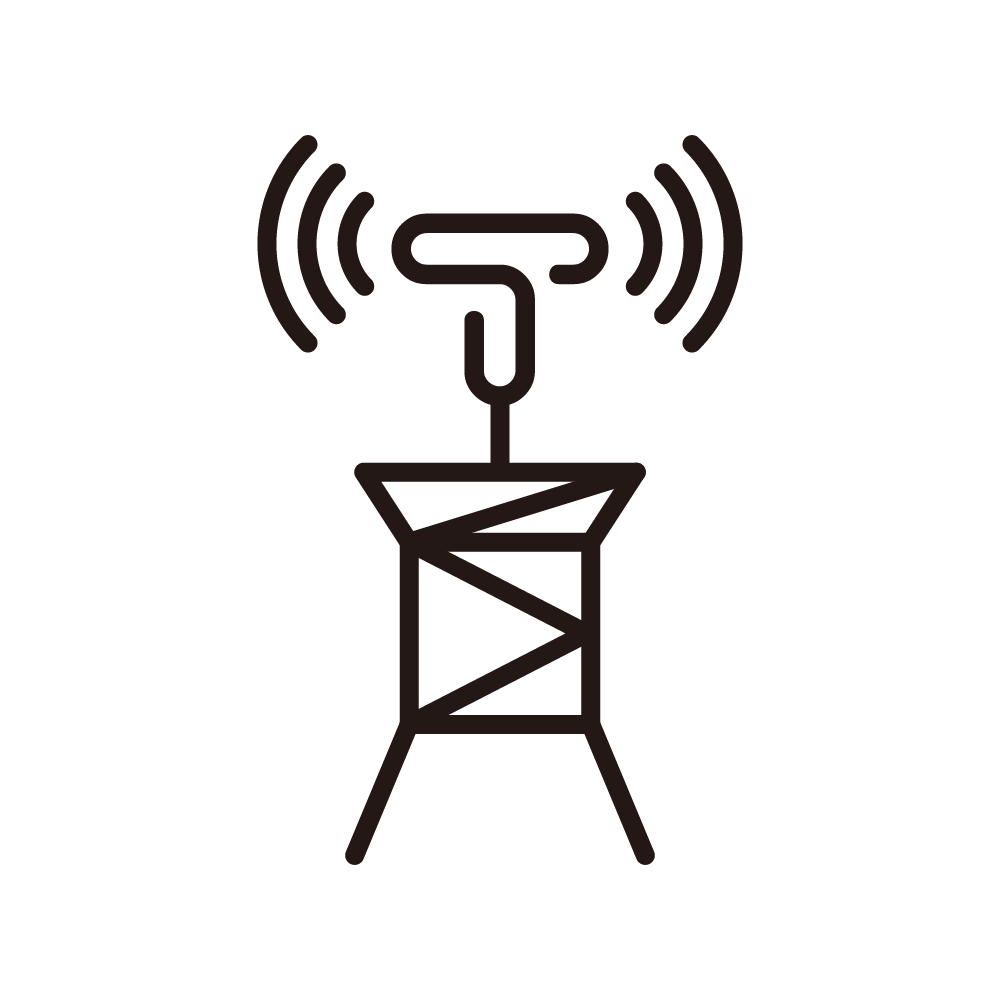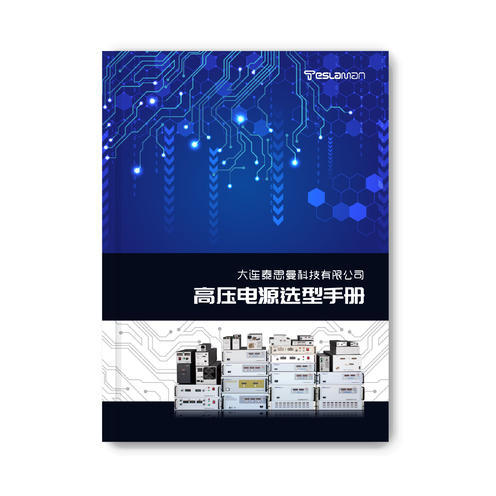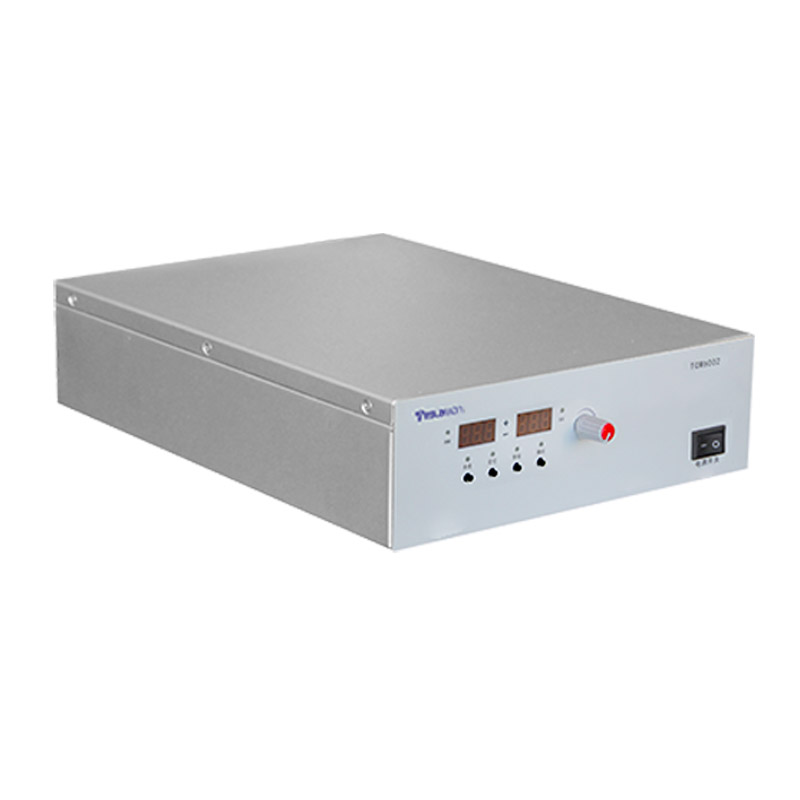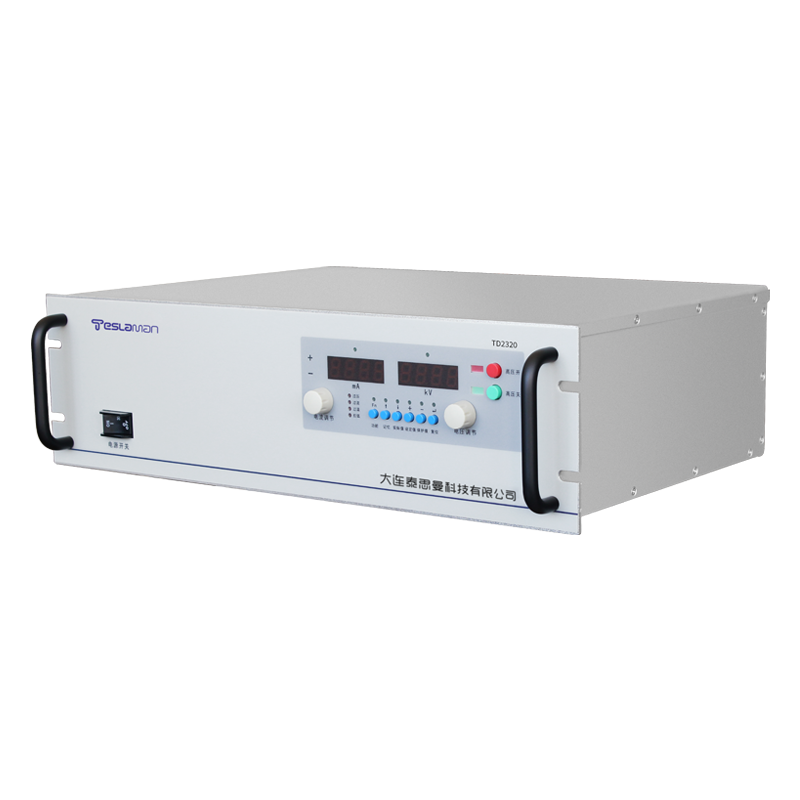Precision Calibration Methods for PPM-Level High Voltage Power Supplies
High-voltage power supplies with PPM-level (Parts Per Million) precision are critical in advanced instrumentation such as electrostatic analyzers, mass spectrometers, particle accelerators, and metrology systems. Achieving and maintaining this level of precision—where the permissible deviation is on the order of 10⁻⁶—requires not only exceptional circuit design but also rigorous calibration techniques to ensure stability and traceability over time. PPM-level calibration represents the frontier of electrical measurement accuracy, where both environmental and instrumental factors must be controlled to microscopic limits.
The cornerstone of calibration for such systems is the precision voltage divider method. Direct measurement of high voltages is neither safe nor sufficiently accurate due to insulation limitations and measurement noise. Therefore, the output voltage is attenuated through a precision resistive divider to a measurable low-voltage range. The divider’s ratio accuracy becomes the determining factor of calibration quality. Ultra-stable resistors—typically metal-foil or glass-encapsulated types—are employed, featuring temperature coefficients below 1 ppm/°C and long-term drift below 1 ppm per thousand hours. The divider ratio itself must be traceable to national or international voltage standards.
Environmental control plays an equally vital role. PPM-level calibration must be conducted in a temperature-controlled environment with stability better than ±0.1°C and humidity around 40–50%. Temperature fluctuations induce drift in reference voltage sources, sampling resistors, and amplifier offsets. To mitigate this, calibration systems often incorporate automatic temperature compensation and multi-point correction, using polynomial or spline fitting to characterize temperature dependence across the operating range.
Measurement instrumentation is another determinant of calibration feasibility. The reference voltmeter or high-impedance digital electrometer must have sub-microvolt resolution and input impedance above 10¹³ Ω to prevent divider loading. In the most demanding applications, differential bridge techniques are used, providing uncertainty as low as 10⁻⁷. Proper shielding and guarding techniques must be employed to minimize surface leakage currents and capacitive coupling, especially when measuring in the kilovolt range.
For dynamic calibration, the focus extends beyond static accuracy to the power supply’s ability to maintain precise output under load transients and temperature drift. Modern systems implement self-calibration loops, where the internal reference, sampling chain, and power stage are periodically cross-verified. With the integration of high-resolution ADCs and mixed-signal control architectures, real-time compensation of drift can be achieved—effectively turning the power supply into a self-correcting precision source.
Long-term stability assessment is another essential aspect. Over time, component aging can cause minute drifts that accumulate into measurable offsets. By performing periodic calibration and statistical analysis of historical data, an aging model can be established to predict future deviations and define recalibration intervals.
In sum, achieving PPM-level calibration accuracy for high-voltage power supplies requires a convergence of metrology, circuit design, and environmental engineering. The methods developed for such calibration underpin the reliability of precision instruments across physics, materials science, and semiconductor research.
